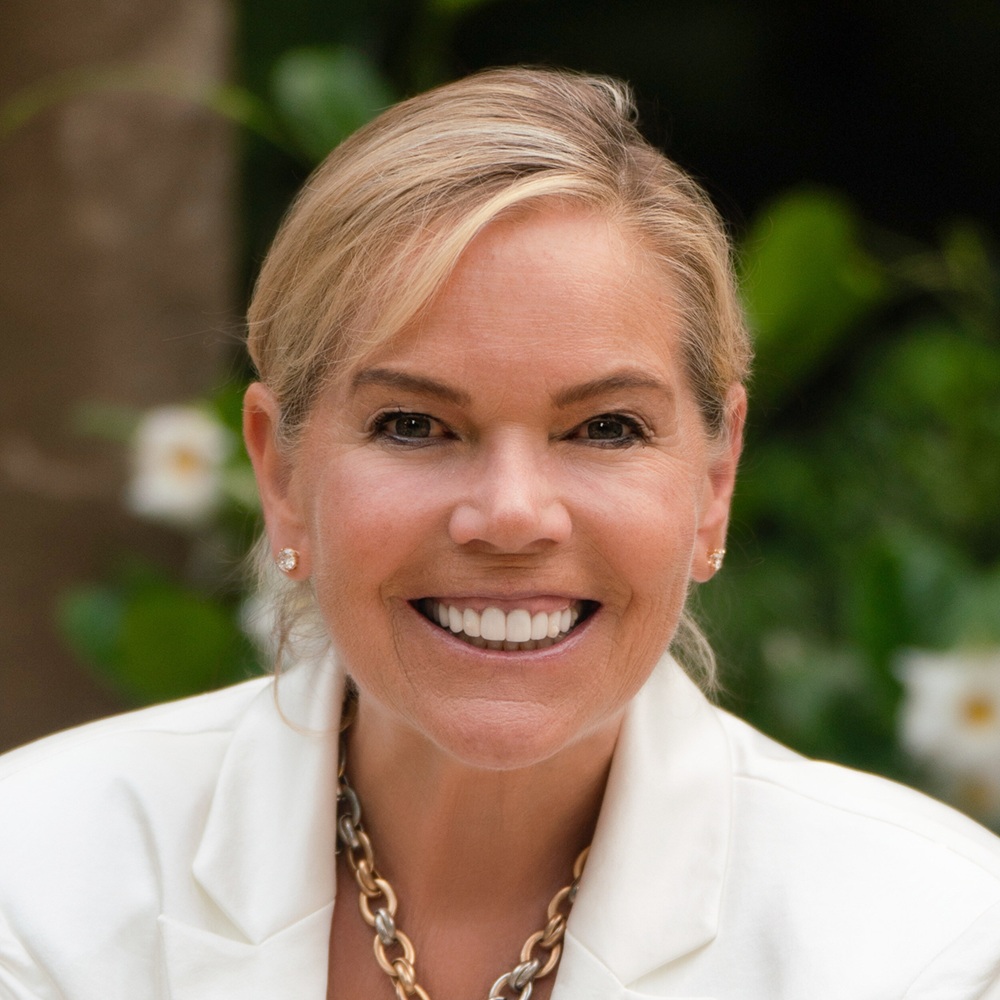How to Spot (and Squash) Nasty Fees That Hide in Your Investments
Your annual investment statement might look hot this year, but it’s probably missing one very important figure: the fees you paid.


It’s a new year, and now is the time to compile and look at all your year-end investment statements. You’re likely pretty happy to see some double-digit gains thanks to the stock market (especially tech stocks) hitting record highs. The statements that come from your self-directed brokerage company or your 401(k) plan tell a story of how much money you’ve made (or lost) in your stock, bond and mutual fund investments last year.
But you may not be getting the whole story from this snapshot. Beyond the numbers you can see, what are your investment statements not telling you?
The invisible costs that hurt your investment returns
Even if your investment performance seems impressive, the fact is your returns would be a lot higher if you weren’t paying internal investment fees — often times as high as 2% of the value of your investments.
From just $107.88 $24.99 for Kiplinger Personal Finance
Become a smarter, better informed investor. Subscribe from just $107.88 $24.99, plus get up to 4 Special Issues

Sign up for Kiplinger’s Free Newsletters
Profit and prosper with the best of expert advice on investing, taxes, retirement, personal finance and more - straight to your e-mail.
Profit and prosper with the best of expert advice - straight to your e-mail.
If you don’t think it matters how much these fund companies pay themselves with your money, or you believe these fees are inconsequential, think again. After all, you look for bank accounts that have the lowest account and transaction fees and mortgages that offer the lowest interest rates and closing costs, don’t you?
But when it comes to investment fees, many people think, “What I don’t see can’t hurt me, right?”
Wrong.
Managing costs is an important strategy for managing investment risk. It was Vanguard Funds’ CEO John Bogle’s mantra. If you’re paying higher fees to a mutual fund that delivers identical results to a similar fund with much lower costs, you’re putting the future value of your portfolio at risk.
Here’s a typical example.
Imagine you had $100,000 invested in an IRA that earned 6% a year for the next 25 years. If you never had to pay investment fees, your account would be worth $430,000 without making any additional contributions.
So, let’s say you paid 0.5% in fees and other expenses each year over that same period. After 25 years you'd end up with $379,000, paying a total of $50,500 in investment costs along the way.
That sounds like a lot of money going to fees, right? But what if your funds’ internal costs were 2% per year? Using the exact same scenario, you’d end up with only $260,000, instead of $430,000. Paying that 2% fee every year would cost you $170,000 — or almost 40% of your retirement nest egg!
If you’ve never thought about the impact of investment costs, you’re not alone. A 2017 survey conducted by the Harris Poll found that 61% of respondents did not know the fees they paid on all their investment accounts.
Unfortunately, there’s no way to totally avoid investment costs. But you can keep them as low as possible. A good starting point is to understand how brokerage companies, mutual funds and 401(k) plans use different kinds of investment fees and sales charges to pay themselves — and some of the investment professionals who sell them to investors.
Annual ‘business as usual’ fees
You’ll find these fees in each fund’s prospectus and sales materials. They can include investment management fees, which pay the professionals who manage the fund’s holdings. Some may also list separate operating fees used for everyday fund administration. Many funds don’t list these fees separately but instead bundle them together in a single number usually referred to as expense ratios.
For actively managed funds, expense ratios can be as high as 2% or more per year. Expense ratios for passively managed index funds and ETFs are much less, usually topping out at no higher than 0.25%.
But wait, there’s more
If you work with a broker, you may pay up to an additional 1% per year in 12b-1 fees. These fees are used to pay commissions to your broker and their firm for selling the fund. That’s how your broker makes a living. (There’s no such thing as free advice!)
If you participate in a 401(k) plan and don’t see any account-related fees in your statements, chances are that the funds in your plan carry 12b-1 fees as well. Your plan’s recordkeeper passes on a portion of these fees to your employer to pay for plan-related expenses in a widespread practice known as “revenue sharing.” Is this practice legal? Absolutely. Is it ethical? That’s a topic the industry has been debating for years.
But wait … there’s still more
If 12b-1 fees weren’t bad enough, many funds you buy through a broker have one-time sales charges when you purchase shares or sell shares before a certain time. These charges can be as high as 9%, although most generally fall somewhere between 3% and 6%.
Brokers will tell you that the tradeoff for paying these sales charges is that the expense ratios for these share classes are lower than those for share classes that don’t have sales charges.
But since these charges can eat up a good portion of your invested capital, and since they serve no other purpose than increasing a broker’s income, you’re probably better off choosing share classes that don’t have sales charges. If a broker tries to convince you otherwise, it might be time to look for a more trustworthy adviser.
You’ll likely never see these fees in dollars and cents
Here’s the thing about all of these mutual fund fees: Even though they’re disclosed in the fund’s prospectus, you probably won’t actually see how much you’re paying in actual dollar figures. Brokers and fund companies take care of these expenses in-house. They use roundabout ways to show the impact of these costs, from adjusting the daily share price when fees are assessed to reducing the number of shares you actually own when sales charges are applied.
The bottom line is what you don’t know can potentially hurt you, as we saw in the example above. All of these costs can significantly reduce the value of the money you’ve invested and the total amount you could be earning over time. The expensive funds have to post much higher returns than lower-fee funds to make up for the money you’re paying them (and your broker).
So, how do you figure out what these costs are costing you?
If you really want to know how much of your investment gains are getting eaten up in fees on your own, you have to do the heavy lifting yourself.
Fortunately, you don’t have to have a degree in finance or expert Excel skills. I used this simple investment fee calculator to calculate the long-term effect of fees in the examples above. Just plug in the annual fees, one-time sales charges and any other costs for the investments you own to see how these expenses could affect your own bottom line.
One investment cost worth considering
So, what happens if you’re not really sure whether the funds you have are worth paying for? And if they seem to charge too much, how do you find similar but less-costly replacements?
That’s where the value of placing your trust in a qualified, fee-only fiduciary investment adviser comes through.
You’ll pay them an annual advisory fee — usually somewhere between 0.5% and 1.5% of the value of assets they manage for you. As part of the value they bring to the table, this professional will conduct a thorough analysis of all of your investments. They’ll have access to sophisticated analytical tools that can tell you exactly how much you’re paying each mutual fund. And they’ll recommend similar high-quality actively managed or passively managed funds that have delivered solid returns at much lower costs.
And, unlike brokers, whose job is to simply sell investments, a fee-only investment adviser will manage your investments in a manner that reflects your specific financial goals, timeframe and risk tolerance. They’re never paid commissions or other sales incentives, so you can rest assured that they’ll always be acting in your best interests.
Yes, using a fee-only investment adviser can increase your total annual investment costs. But if paying an extra 1% or so helps you reduce the fees you pay to mutual fund companies and gives you peace of mind in knowing that an objective investment professional is serving as a steward for your financial future, this particular fee may be the most important and valuable you’ll ever pay.
Profit and prosper with the best of Kiplinger's advice on investing, taxes, retirement, personal finance and much more. Delivered daily. Enter your email in the box and click Sign Me Up.

With more than 25 years in investor advocacy, Pam Krueger is the founder and CEO of Wealthramp, an SEC-registered adviser matching platform that connects consumers with rigorously vetted and qualified fee-only financial advisers. She is also the creator and co-host of the award-winning MoneyTrack investor-education TV series, seen nationally on PBS, and Friends Talk Money podcast.